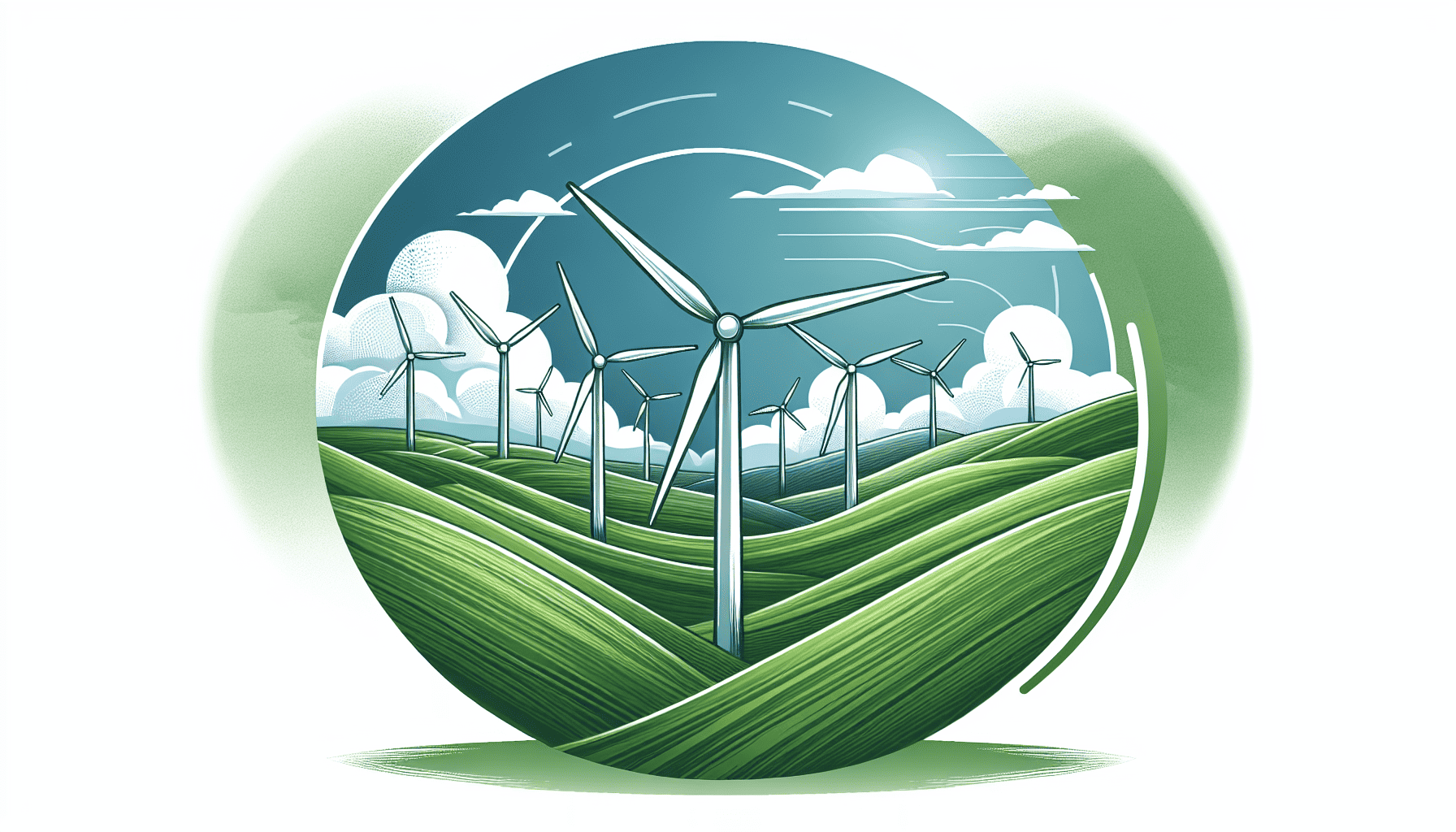Wind energy has emerged as a key player in the global transition towards sustainable energy sources. As countries around the world seek innovative ways to reduce their carbon footprints and combat climate change, South Africa is at the forefront of leveraging advancements in wind technology to enhance efficiency and deliver broader environmental benefits.
Harnessing the Power of the Wind
South Africa's unique geographical landscape offers abundant wind resources, particularly in coastal regions such as the Western and Eastern Capes. This has provided an ideal foundation for the development and expansion of wind farms, which are rapidly becoming a cornerstone of the country's renewable energy strategy. Recent advancements in technology have further unlocked the potential of these natural resources.
Latest Technological Advancements
-
Enhanced Turbine Efficiency: One of the most significant advancements in wind energy technology is the development of larger and more efficient wind turbines. These newer models are designed to capture more wind at various altitudes, maximizing energy production even in areas with lower wind speeds. This improvement is crucial for ensuring a constant and reliable energy supply.
-
Advanced Sensor Technologies: The integration of advanced sensor technologies and data analytics is transforming how wind energy is harnessed. Sensors can now monitor wind patterns and turbine performance in real-time, allowing for predictive maintenance and reducing downtime. This results in greater operational efficiency and lower costs over the lifespan of the turbines.
-
Energy Storage Solutions: One of the challenges with renewable energy has traditionally been storage and consistency. However, advancements in battery technology and energy storage solutions are helping to mitigate these issues. By storing excess power generated during peak wind conditions, energy can be released back into the grid during times of low wind, ensuring a steady supply of electricity.
-
Environmentally Friendly Designs: Modern wind turbines are being designed with the environment in mind. This includes innovations aimed at reducing noise pollution and minimizing the visual impact on landscapes. Additionally, the materials used in turbine construction are becoming more sustainable, reducing the environmental impact of production and decommissioning.
Environmental and Economic Benefits
The advancements in wind energy technology are not only beneficial to the environment but also offer significant economic advantages. By investing in wind energy, South Africa is creating jobs, stimulating local economies, and reducing reliance on imported fossil fuels. The move towards renewables also aligns with global efforts to abide by international climate agreements and reduce carbon emissions.
The Path Forward
As South Africa continues to embrace wind energy, ongoing research and development will be crucial. Continued collaboration between government agencies, private sectors, and research institutions can drive further technological breakthroughs, enhance efficiency, and ensure that the benefits of wind energy are maximized.
In conclusion, the advancements in wind energy technology in South Africa represent a promising step towards a greener future. This progress not only addresses environmental concerns but also supports economic growth and energy independence. As technology continues to evolve, wind energy stands to play an increasingly vital role in South Africa's energy portfolio and its commitment to sustainable development.
